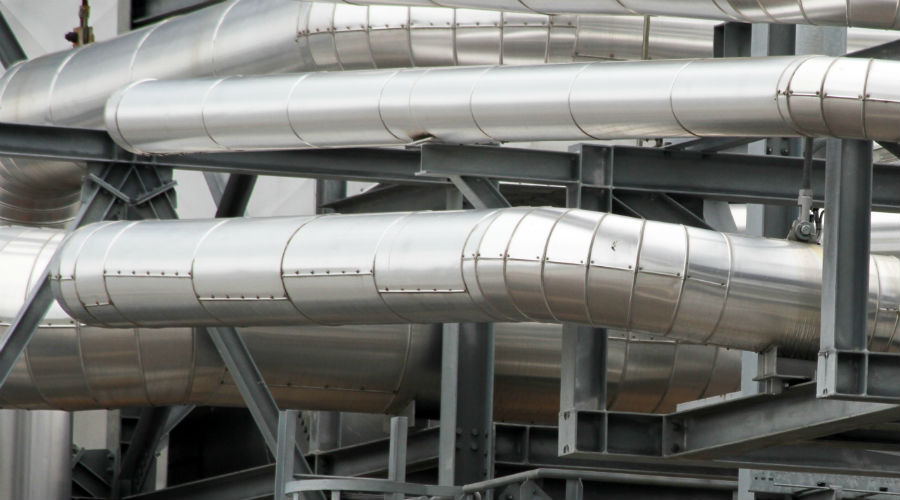Why is the AV Act important?
The Automated Vehicles Act 2024 (AV Act) is the result of several years of research and consultation. It clarifies who is legally liable if an automated vehicle crashes, building on the Automated and Electric Vehicles Act 2018, and implements the Law Commissions' recommendations. It had cross-party support as it passed through Parliament so even with the change of government following the UK general election on 4 July 2024, we should still see it being driven forward (pun intended), but possibly not at the pace originally intended.
It shifts criminal liability away from the driver of the vehicle to its regulated licensed operators.
This should mean the UK is more attractive for manufacturers of autonomous vehicles, as there is now clarity around type approval, authorisation and operator liability.
The UK Government has said that self-driving vehicles are the "future of road travel" and that they could have many environmental, social and economic benefits including improving road safety (human error is a factor in 80% of collisions that result in personal injury), making it easier to access shared transport options, and reducing emissions (due to eco-driving and speed alignment with traffic conditions). Plus they could potentially become a sector of the economy worth £42 billion by 2035 [1].
What's a self-driving vehicle?
To be authorised for use as an automated vehicle, the vehicle must pass a "self-driving test", which means it must be capable of travelling autonomously and must do so safety and legally. The details will be set out in secondary legislation, but there is a distinction between vehicles that have a "user in charge" (UiC) that can take over the driving if necessary; and driverless vehicles with no user in charge (NUiC). See box: Terminology for details.
An authorised AV will also need type approval to be registered with the DVLA, so the AV Act gives power to amend the various type approval regulations to accommodate autonomous vehicles.
How do we know they'll be safe?
In deciding whether a vehicle passes the self-driving test by being capable of travelling autonomously and safely, there will be a Statement of Safety Principles that will apply. The detail of these will follow in secondary legislation, but the objective is to ensure that:
- the safety of automated vehicles is equivalent to, or higher than, careful and competent human drivers and
- road safety in Great Britain will be better as a result of the use of automated vehicles than it would otherwise be.
So, unless the vehicle is at least as safe as a careful driver, and will make road safety better, it won't be authorised.
Who is responsible for a crash?
If a vehicle passes the self-driving test and is authorised as an Authorised AV, that changes the liability position. The ASDE (likely to be the vehicle manufacturer and/or developer) becomes responsible for any accident that happens while the vehicle is in self-driving mode.
For vehicles with a UiC, if a road traffic offence is committed whilst the vehicle is in self-drive mode, then the ASDE, not the UiC (driver) is liable. However, the UiC is still responsible for anything not linked to the manner of driving, such as paying road tolls and parking charges, making sure all passengers wear seatbelts, and not using a mobile phone, as they have to be ready to retake control of the vehicle when it issues a transition demand.
NUiC vehicles must have a licenced operator, who is responsible for detecting and responding to problems that the vehicle cannot handle itself. It is an offence to use a NUiC vehicle without a licensed operator overseeing it.
The AV Act also creates some new offences, such as tampering with the self-driving software or equipment or installing unauthorised software.
Marketing restrictions: the difference between driver assistance and fully self-driving
There is a risk that cars using driver assistance technology (lane keeping systems, adaptive cruise control) could be marketed as fully self-driving when they are not. We've all heard the stories about cars crashing because their drivers weren't paying attention as they thought the car could drive itself. The AV Act prohibits misleading market practices, including using ambiguous terminology in advertising material around whether their vehicles classify as self-driving. There will be specific terminology, symbols and marks that can only be used for marketing-authorised self-driving vehicles and it will be an offence to misuse them.
Will new infrastructure be needed?
Automated vehicles rely on physical and digital infrastructure to navigate safely. Self-driving vehicles might need dedicated lanes, for example. They transmit and receive a lot of data, which may mean extending 5G coverage. The National Infrastructure Commission has been tasked to study connected and automated mobility and should report back in February 2025, with an interim report due this summer.
In the meantime the AV Act allows for digital Traffic Regulation Orders to be issued. This data around speed limits, bus lanes, height and width restrictions and temporary road closures is needed for self-driving vehicles to navigate safely.
What does this mean for the automotive industry, insurers, software developers and operators?
Vehicle manufacturers, designers of self-driving software, and licensed NUiC operators could all find themselves liable for traffic offences committed while a vehicle is in self-driving mode. There will likely be new insurance products developed to cover this and hopefully premiums should become lower if the AV Act achieves its aim of making our roads safer.
Are there any drawbacks to self-driving vehicles?
The Government's CAM 2025 report acknowledged that self-driving vehicles carry risks, such as being vulnerable to cyber attacks, increasing congestion if ‘driving’ becomes very cheap/easy and people do not ride-share, the abuse of monopoly power if self-driving vehicles are owned or managed by a small number of companies, and of course loss of jobs – the current almost one million road transport drivers employed across Great Britain, could find their jobs become automated.
What happens next?
The AV Act had a smooth passage through Parliament, from November 2023 to being passed in May 2024, just before the General Election was announced. But this swiftness was partly due to the key details being left to regulations that are to follow. This was deliberate: the Government wanted the flexibility to regulate by secondary legislation, as this is such a fast-moving area. We can expect to see a series of consultations over the coming months as the details are firmed up. The aim is to have the first self-driving vehicles on the roads in 2026 – only two years' time.
Look out for consultations and regulations on:
- the ‘Statement of Safety Principles’
- setting authorisation requirements and authorisation procedures
- establishing an operator licensing scheme for NUiCs
- whether or how existing traffic legislation applies to a user-in-charge
- specifying words, expressions, symbols or marks that may only be used to describe authorised automated vehicles in marketing
- amending type approval requirements in respect of automated vehicles
- providing information about the traffic regulation orders
However, with the change of government following the UK General Election we will have to see what priority is given to the AV Act. During its passage through Parliament the now-transport secretary Louise Haigh expressed reservations about how automated vehicles could impact jobs and suggested forming an advisory council to hear from trade union representatives. Whether this will hold up the AV Act's full implementation remains to be seen.







